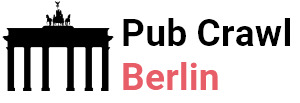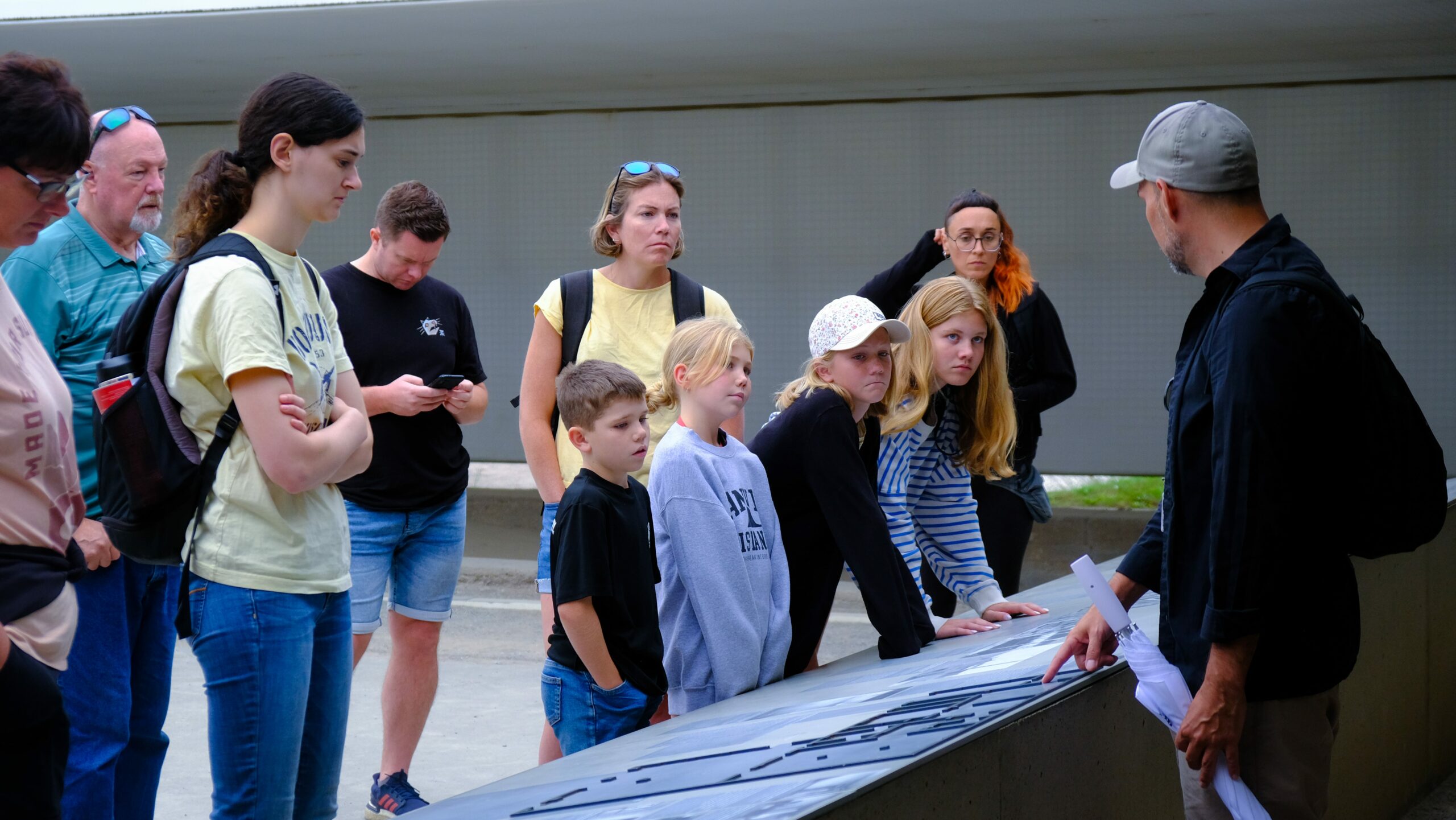Built in the year 1961, Berlin Wall was used by the East Germany to separate physically and politically from West Berlin during the Cold war. For this purpose the German Democratic Republic (GDR) constructed inter alia ninety-six kilometers of strong barriers to prevent East-to –Western mass exodus of families, neighbors, and communities.
East Berlin: Resistence
We could experience certain problems since we were living under communism system in East Berlin. The GDR impacted this aspect of the people’s lives in such a way that their daily life was clearly being controlled in some way.
About one of the properties, the knowledge based character was mentioned while analyzing the command economy when the government used to control means of production. This appears to have fewer choices for the consumer than what could be ought to have and less of economic development as that of West Berlin.
Because they conjured propaganda and controlled the opinion of the society, state owned media was rather essential. Essentially, good citizen surveillance was aimed at restraining creative thinking and, therefore, freedom of speech.
The East Berliners remained quite uninformed with the outside world and people did not travel much. It was concerned with aquisition of ideological conformity and prevented other individuals from associating with the global society.
From the other side of the divide, west Berlin as a region had a completely existence from East Berlin existence. That was in line with West Germany capitalist economy that allowed private sectors and other form of business ventures.
Due to the fact that East Berlin gave its people much better quality of living than West Berlin did, a far larger number of consumer goods and services could possible be offered from this array. Precisely, its population increased with creative and musical and philosophical activities till all kinds of people flocked to the city.
West Berlin could allow individual freedoms of speech, press, and assembly, given the constitution protected such a thing. It was also a preparation for creative advent and creation environment.
Like their counterparts in the East, west Berlin citizens were as free as the rest of westerners; they enjoyed their freedom of movement, travel, and seeing the world.
Human Costs
It is also not an explanation of such a high cost of division (and accordingly, the cost of decoupling as well). However, what this is quite unbelievable is that West Berlin was quantitatively richer and qualitatively; people in West Berlin enjoyed higher personal freedom than those in East Berlin.
This made the construction of the Berlin Wall separate families, friends and even lovers. Some of them agreed with the deadly risks; many of the people in East Berlin tried to risk their life to get to West Berlin.
Thus, for the greater part of Berlin associates the wall with the Cold War, experiencing psychological pain, stress, and concern for the ‘opponent.’ Instead, it only intensify the situation between the two parties, which made one of them suseptible to suspicion and animosity.
The agent from Chang
Little by little, the Berlin Wall stood for oppression, violation of citizens’ rights. For the last one the East Berliners could peaceably contain themselves with the activities that occupied their city until the thirst for change and freedom was ignited.
Frenezy conducted through public demonstration and marches in East Berlin and other GDR territories had greatly contributed to the ‘collapse of the Berlin Wall’. In November 1989 East and West Berliners reflected their newly gained freedom by climbing up the wall.
Reunification in view of the legacy
Thus, for Berlin perhaps more than for the rest of the world, the opening up is the symbol of a new turn in history. It announced the end of communism in Eastern Europe and brought Cold War to an end.
Due to the arising challenges, it would not be improbably that East and West Germany’s reconciliation was expected to occur in October 1990. Reunion calls for merging one system of political, social and financial relations with another system or rather with the representatives of another system.
Intensified Berlin now can be characterized as an organism with a single view, where artistic and cultural, as well as historical components interweave. However, there is still evidence of the past; the past is embraced in the present, and the city symbolizes strength and hope.
The Need of Repair
Think of the Berlin Wall inflicting pain on people, their anguish, and the possible life’s lessons to derive from that wall. It made us quite aware of how political concepts can affect the normal functioning of life in the society.
In this case, if we understand the complexity and implication of this wall we will then be in a position to shoot for cohesion, knowledge, and promotion and support of human right using the bridges and not the walls.
We lost many people to the Berlin Wall and let us not forget the force people had inside of us, people’s freedom and one united nation.
Table of Contents

